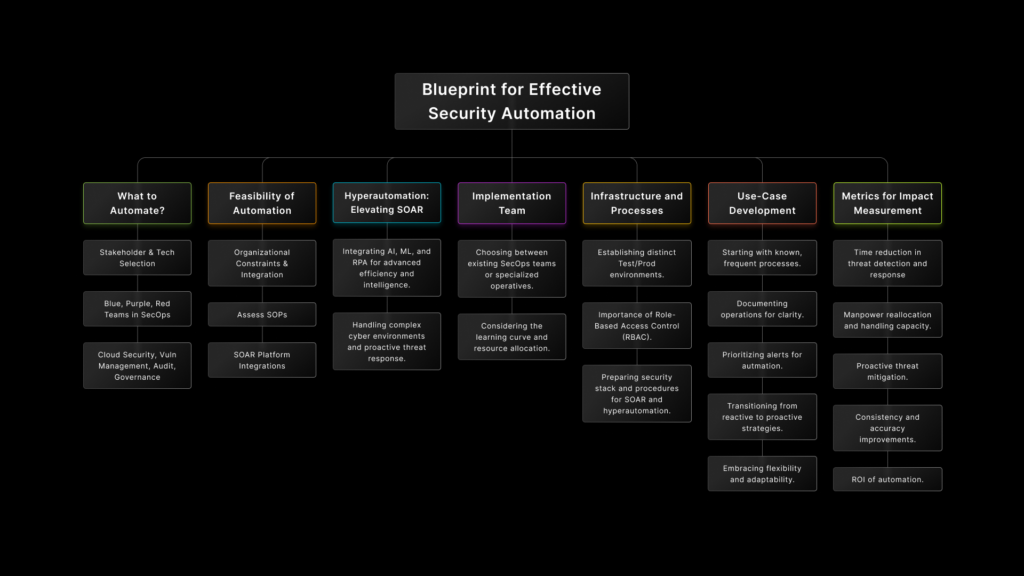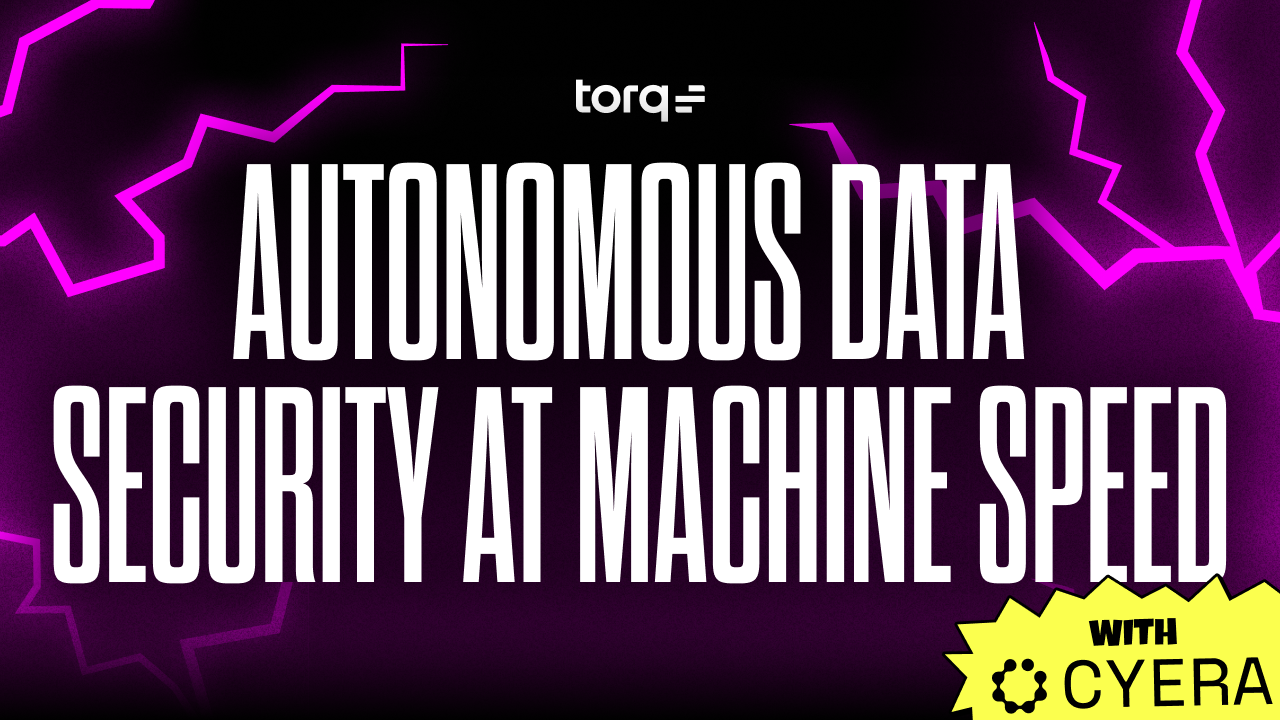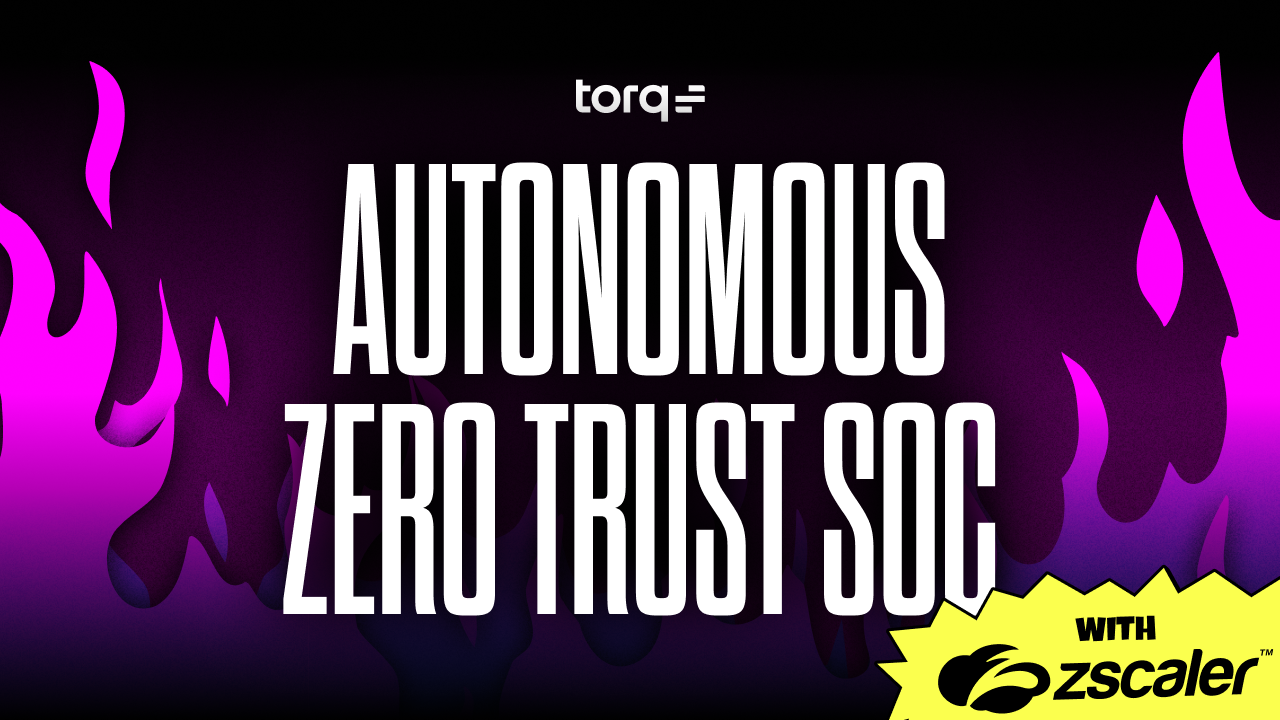One of the key questions we get is “how do I get started with hyperautomation?” It can seem slightly overwhelming if you haven’t automated in the past, or you’re used to attempting to automate using legacy SOAR solutions.

If you’re wondering where to get started with hyperautomation, look no further. We caught up with Security Automation Leader Filip Stojkovski, who put together a handy blueprint on how and where to start your journey to hyperautomation. It’s a step-by-step roadmap for Security Managers and SecOps teams looking to build an effective and mature hyperautomation program.
1. Decide what to automate: The first step is to dive into stakeholder needs, picking the right integrations, determining the areas that will benefit the most, and selecting the appropriate platform.

2. Determine the feasibility of automation: This is where organizations set expectations that align with a company’s rules and set a realistic timeline for when you’ll see a return on investment.

3. Use hyperautomation: Automation has evolved from legacy SOAR platforms to hyperautomation. “It’s better. It’s faster,” Stojkovski says. Hyperautomation was designed with AI and machine learning in mind and is more flexible than its legacy SOAR predecessors.

4. Implement automations: Determine who is implementing the automations. Is it the SecOps team? Is it specialized engineers? The right resource allocation can make a world of difference when implementing hyperautomation.

5. Infrastructure and processes: Align with your organization’s goals and understand your infrastructure and processes. Set up test and production environments and document all processes to streamline hyperautomation.

6. Develop use cases: Prioritize the processes that are most frequently used throughout the organization and focus on them. This will free up time and help an organization make the leap from reactive to proactive.

7. Measure the impact: Determine what you should measure and then what metrics signify success. Is it reducing time to detect or respond to threats? FTE saved or added? Proactive threat mitigation? ROI? Understanding what signifies success up front will help ensure you’re measuring the right things.

We’d love to thank Filip for taking the time to chat with us and for sharing his blueprint for effective security automation. Be sure to watch the full video to learn more.
Want to see the Torq Hyperautomation platform in action? Request a demo.






